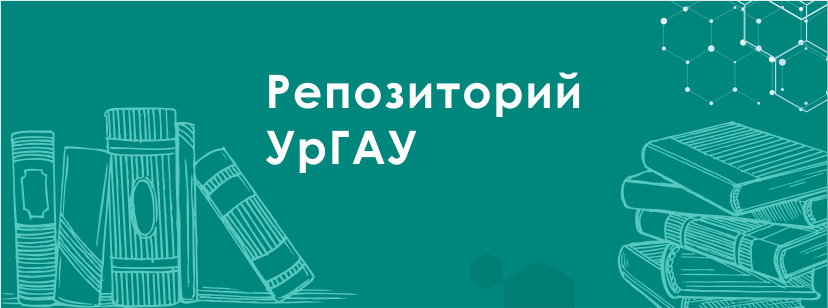I. P. Chupina, d.e.n., professor Uralskogo GAU,
E. V. Zarubina, k.f.n., dotsent Uralskogo GAU,
N. N. Simachkova, k.i.n., dotsent Uralskogo GAU
At the beginning of 2020, there were 13 cities in Russia with a population of 1 to 3 million people. These are Novosibirsk, Yekaterinburg, Nizhny Novgorod, Kazan, Chelyabinsk, Omsk, Samara, Rostov-on-don, Ufa, Krasnoyarsk, Voronezh, Perm, and Volgograd. These major cities can be considered as centers of macro-regional influence or as contenders for this title. Recent years in Russia have been difficult: changes in politics and the economy, the crises of 2008 and 2014, the projected consequences of global threats (the pandemic of 2020) - all this cannot but affect the state of major cities. It is necessary to look for new approaches to the study of trends occurring in the urbanized space of Russia. Specialists Of the center for urban economy of LLC KB Strelka offered an original method for studying the largest cities in Russia. The methodology is based on the study of the gross urban product, the value of which is considered by official statistical bodies in Russia only at the national and regional levels. Experts have made their own assessment of the gross urban product using the revenue method, in which the value added created is made up of wages for employees, gross profit and gross mixed income of the economy, as well as net taxes on production and imports. The initial data were provided by Rosstat and the Federal tax service. Gaps in information were filled by extrapolation and trend transfer. The analysis of cities with millions of inhabitants for the period 2010-2019 in their administrative borders was carried out.the analysis also included Moscow and Saint Petersburg, whose indicators were considered within the borders of their respective regions.
References
1. Gritsay O. V., Yoffe G. A., Treyvish A. I. Tsentr i periferiya v regionalnom razvitii. – M.: Nauka. 2018. 161s. 2. Demograficheskiy ezhegodnik Rossii. 2019: Stat.sb./ Rosstat. M., 2019. 252 c. 3. Zubarevich N. V. Strategiya prostranstvennogo razvitiya: prioritety i instrumenty // Voprosy ekonomiki. 2019. # 1. S. 135–145. 4. Meteleva E.R. Ierarhiya globalnyh gorodov. Sovremennye problemy i puti ih resheniya v nauke, transporte, proizvodstve i obrazovanii. Mezhdunarodnaya nauchno - prakt. konferentsiya: Sb. nauchnyh trudov. T.5. Ekonomika. Odessa: Izd-vo «Chernomorie». 2016. S. 3-10. 5. Fattahov R.V., Stroev P.V. Prostranstvennoe razvitie Rossii: vyzovy sovremennosti i formirovanie tochek ekonomicheskogo rosta // V poiskah utrachennogo rosta. M., 2016. S. 181-204.











